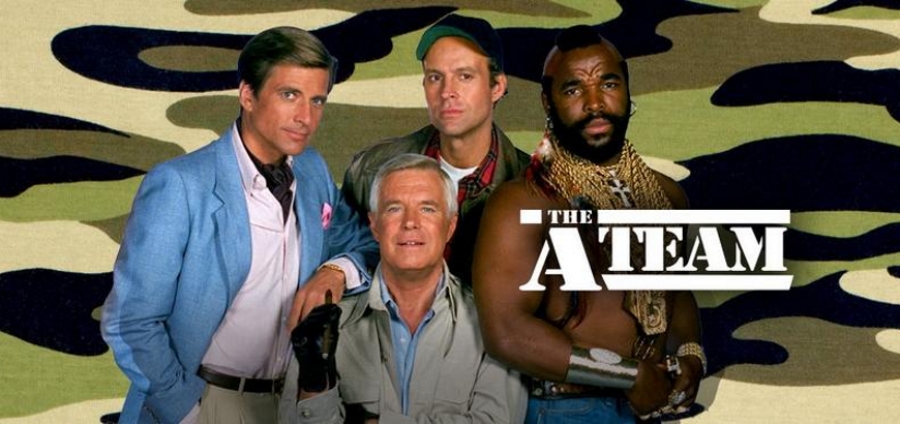So, when it comes to creating a seating plan and setting group work, it’s important that teachers take the time to consider the kinds of personalities they’re joining up, and whether this will result in productive team working or disruptive squabbling. Breaking up the naturally-formed groups within a classroom can be very beneficial as, although pupils may initially resent being torn away from their counterparts, the chance to interact with children who act differently from themselves will open them up to new ways of thinking and learning.
All groups need a leader… but not two
When creating an effective team in the workplace, you need someone to lead the group and delegate tasks, a couple of diligent"Put five leaders in the same team and you could end up with a power struggle; put five creatives together and you’ll achieve fabulous ideas but little direction." people to take care of research, someone with the confidence to pitch the group’s findings or ideas, a creative person to help the team think outside the box, and a communicator and organiser to ensure the team collaborates effectively. Put five senior managers in the same team and you could end up with a power struggle; put five creative personalities together and you’ll achieve fabulous ideas but little direction. When it comes to creating teams, ensuring a healthy mix of characters is crucial so that, when each individual plays to their own strengths, all bases are covered. This is just as true in the classroom as it is in the workplace.
Once a teacher has identified their pupils’ unique personality traits – whether they’re creative, good communicators, introverted, extroverted, easily distracted, a perfectionist, a good listener and so on – they can devise a seating plan that puts pupils with complementary personalities together. For instance, rather than seating three creative but inattentive students in a row, why not seat a pupil who’s focused and meticulous but lacks imagination in between them? And, with the same principle in mind, why not seat a pupil who’s skilled at managing tasks next to a more passive pupil who works best when following instruction? This way, teachers will be able to avoid the conflict that can arise when ill-matched personality types are forced to work together, resulting in more productive group work.
Pushing the boundaries
Alternatively, teachers could deliberately challenge their pupils’ comfort zones by seating them next to children whose personality traits vastly differ from their own and encouraging them to work together on a project, thereby helping them to navigate through their differences to achieve a shared goal. Working collaboratively in the classroom is a great way of exposing children to the different types of characters they’re inevitably going to encounter throughout life, and helping them learn to interact and communicate with people who think and behave differently from themselves.
However teachers group their pupils in the classroom, it’s important that they take their diverse personality traits and levels of attainment into consideration, so that group work can be used to enhance each student’s learning, not inhibit it.
How do you put the right pupils together? Let us know below!


















